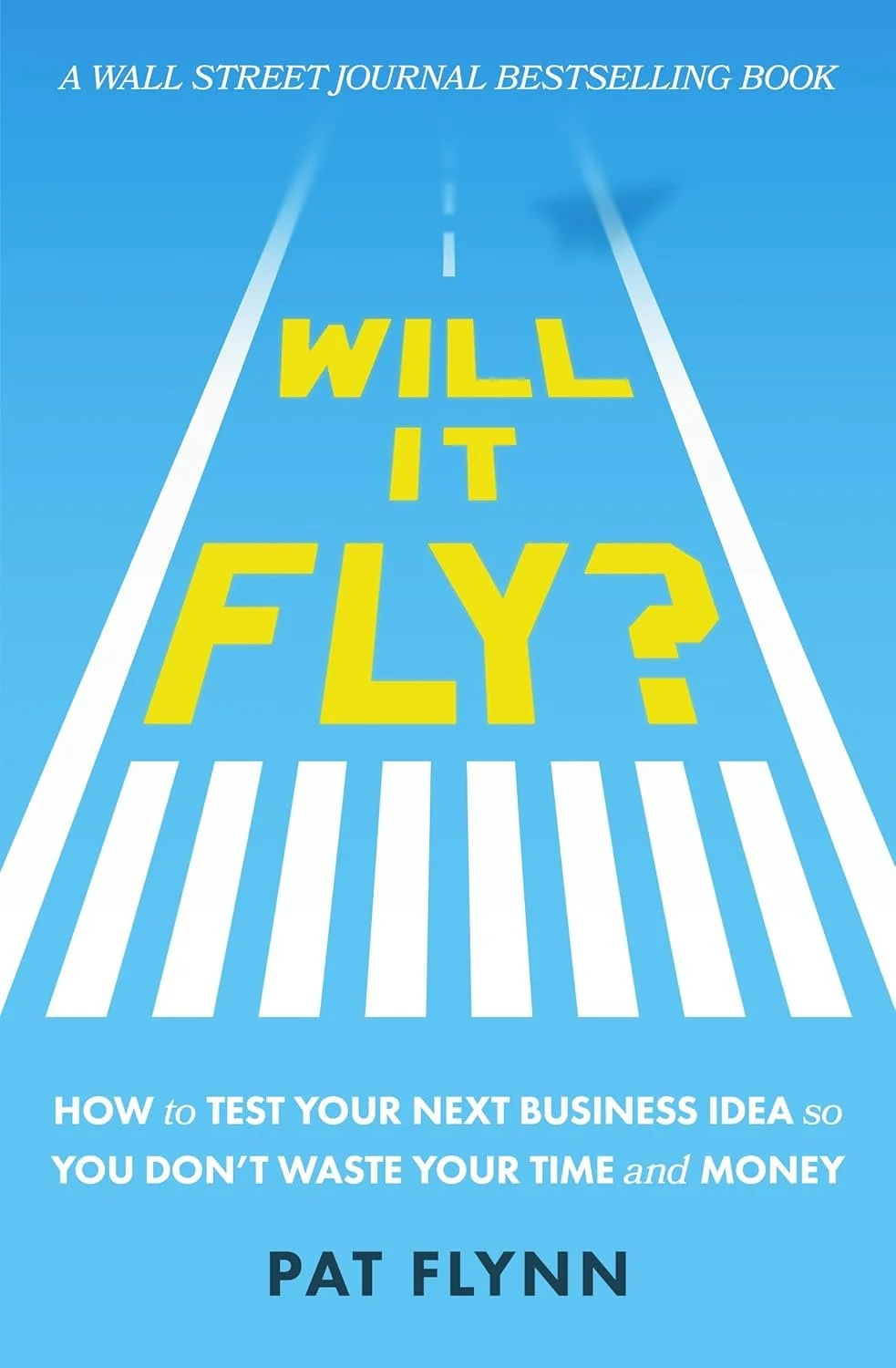Will It Fly? – A Candid Review on Entrepreneurship, Resilience, and Finding Your Dream
Numerous books exist on entrepreneurship. They always have, and they always will.
Will It Fly? is one of those books that promises to guide you through the many paths from business creation to eventual success. Pat Flynn, like many other authors, claims that the specific process he outlines contributed directly to his own achievements. And, honestly, it would be surprising to find an author willing to write only about failure without also showing how they managed to turn things around.
Many of these stories follow a similar pattern: a moment of crisis, such as unexpected unemployment or a dead end in life, followed by a sudden shift in mindset. They adopt a set of principles and, voilà, an idea becomes profitable. Before long, even the story of how they did it becomes another profitable venture.
Don’t get me wrong, I bought the book. So, great for them; they managed to profit from me, too. A part of me is even a little jealous. At least they put their lessons out into the world, while I still live in a dreamlike state, unable to fight for or structure my ideas into something tangible. There’s always a convenient excuse: time, capital, lack of a good idea, and so on.
If there’s one thing I’ve learned from these books, it’s that resilience is non-negotiable. Without it, we can’t push through the inevitable stages of building something from scratch. We need to persist, defend our ambitions, and confront the chronic enemy, procrastination. Small steps accumulate. Minor goals, achieved consistently, pave the way toward a larger purpose.
As for the book itself: while tools and frameworks are helpful, the more a book relies on them, the faster it risks becoming irrelevant. Ryan Holiday reminds us in Perennial Seller that meaningful creative work should be built to last. In a century, many modern business books will likely be obsolete, especially if their authors fail to adapt and evolve. To his credit, Pat keeps the “tips and tools” sections concise and mainly limited to website links, making future updates easier.
In our rapidly shifting digital world, technology evolves faster than most of us can adapt. Entrepreneurs must learn to navigate this landscape, choose their own tools, and move forward regardless. If you’re hesitant about using AI or other emerging technologies, remember: others aren’t. And they’re already benefiting.
This doesn’t mean we all need to work in the digital space. Many opportunities in the years ahead will continue to exist in traditional, analogue domains. Craftsmanship, built on skill, patience, and tangible creation, will always endure. Not every path to success requires an app, an algorithm, or an online platform; some of the most meaningful work remains rooted in the physical world.
To me, entrepreneurship books also serve as a boost for would-be founders who are feeling uninspired. Their purpose is to spark immediate action, but the exercises they suggest must be quick and straightforward, or the book will be forgotten on the nightstand.
Pat begins with a set of mental-priming exercises. First, he asks you to write out the future you envision once your business succeeds. Unlike other authors, he insists you put it on paper (remember the physical world). Writing slows you down. It forces your brain to focus on one idea at a time, deepening clarity. And, frankly, immersing yourself in your dream life feels amazing. Plus, you get to build paper planes, yes, literally.
While Pat focuses on identifying your idea (or many ideas), Simon Squibb asks a more unsettling question: “What’s your dream?”. I believe this second question has a more profound impact, and I’ll explore that in a separate post. Ultimately, the two ideas are intertwined: our dreams often stem from the activities we already love or practice, whether professionally or as hobbies.
The central point is you. If your business idea relates to your current professional life, you need to understand your own story first. Otherwise, Pat’s exercise simply helps clarify which tasks you genuinely enjoy. But be cautious: don’t start a business that leads you right back to doing the very work you wanted to escape.


